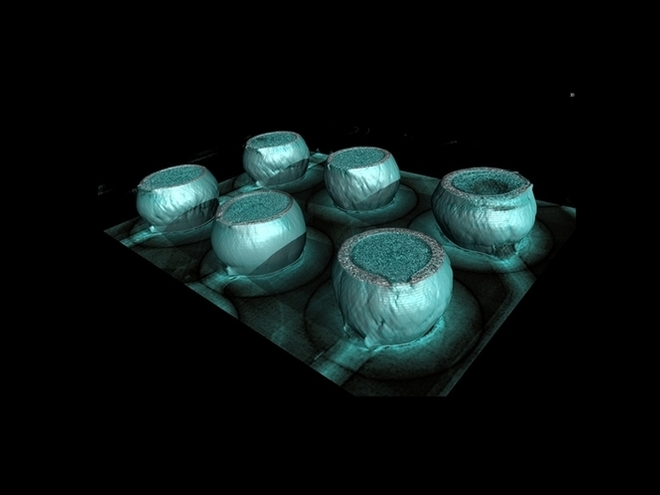X-RAY testing equipment: in-depth understanding of X-ray detection technology
Release time:2023-10-31Publisher:Jeenoce
X-RAY, also known as X-rays, is an electromagnetic wave located at the shorter end of the wavelength range and has high penetration. X-RAY detection equipment has become an indispensable tool in multiple fields, especially in medicine, industry, and scientific research. Below, JEENOCE will discuss the basic knowledge, applications, and related safety issues of X-RAY testing equipment with everyone.

1. Basic principles
The working principle of X-RAY detection equipment is based on the penetrability of X-rays. When X-rays pass through an object, different parts of it absorb varying degrees of radiation. This difference in absorption produces images, which are the images we see on X-RAY devices. Especially for medical imaging, the difference in X-ray absorption between soft tissue and bone allows us to clearly see the internal structure of the body.
2. Main Applications
-Medical imaging: This may be the most well-known application of X-RAY for diagnosing various diseases such as fractures and lung problems.
-Industrial testing: X-RAY testing is used in the manufacturing industry to check the quality of parts and ensure that there are no defects or cracks.
-Security check: X-RAY is used to check luggage at airports or other security checkpoints to ensure that there are no dangerous items.
-Scientific research application: In the laboratory, X-RAY is used to study the structure and properties of substances.
3. Equipment type
-Traditional X-ray machine: commonly used in hospitals and clinics for basic X-ray imaging.
-CT (Computed Tomography): Use X-rays to obtain cross-sectional images of the body from multiple angles, and then combine them into a three-dimensional image by a computer.
-Industrial CT: used for non-destructive testing, which can view the internal structure of parts or equipment.
-Portable X-RAY device: used for on-site testing, such as at archaeological sites or other remote locations.
4. Safety issues
X-rays are a type of ionizing radiation, and prolonged or excessive exposure may cause harm to the body. Therefore, operating X-RAY equipment requires specific training and always follows safety guidelines. For example, in medical imaging, both technicians and patients wear lead aprons or other protective devices to reduce radiation exposure.
Summary:
X-RAY detection equipment has become indispensable due to its unique imaging capabilities. Whether for medical diagnosis, industrial quality control, or scientific research purposes, X-rays provide us with a way to deeply explore the microstructure of the world. At the same time, correct and safe use is crucial to ensure that it does not harm us while serving us.

